Unveiling the Intricacies of River Systems
Written on
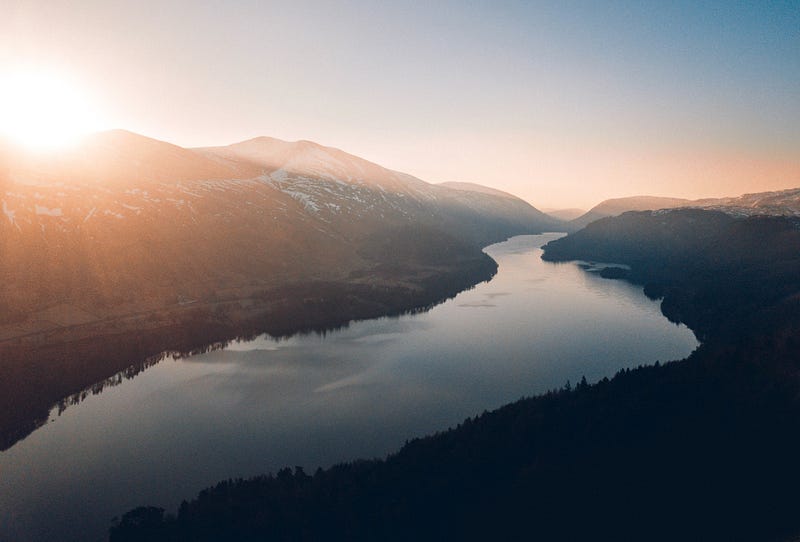
Rivers are vital components of the natural environment, significantly influencing our planet’s landscape. They not only serve as crucial freshwater sources but also host diverse ecosystems. But what processes give rise to these impressive waterways?
Sources of Water
The Nile is the longest river globally, stretching approximately 6,650 kilometers.
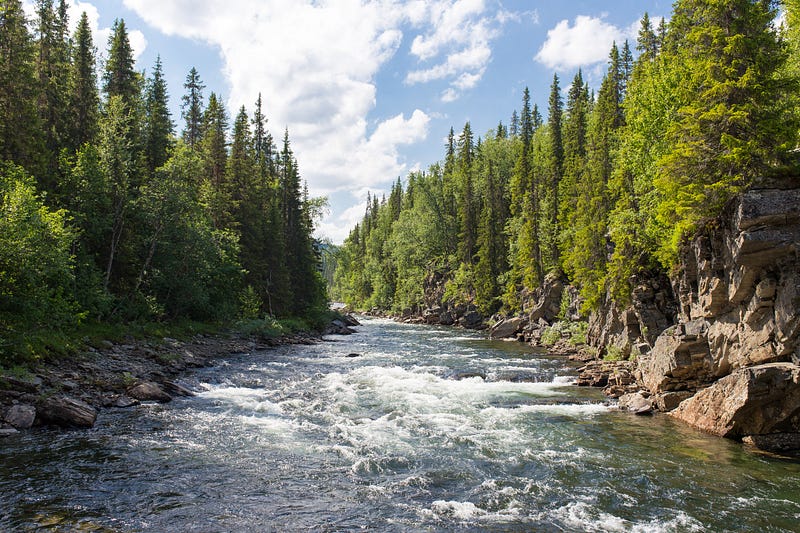
Rivers originate from several water sources that support their continuous flow:
- Precipitation: Rain, snow, and hail are significant contributors to river water. When precipitation occurs, it seeps into the ground and flows towards water bodies.
- Snowmelt: In colder regions, melting snow during spring and summer is a crucial water source. The melted snow transforms into streams that flow down into valleys.
- Lakes and Ponds: These bodies of water serve as reservoirs, releasing water into adjacent rivers through outlets.
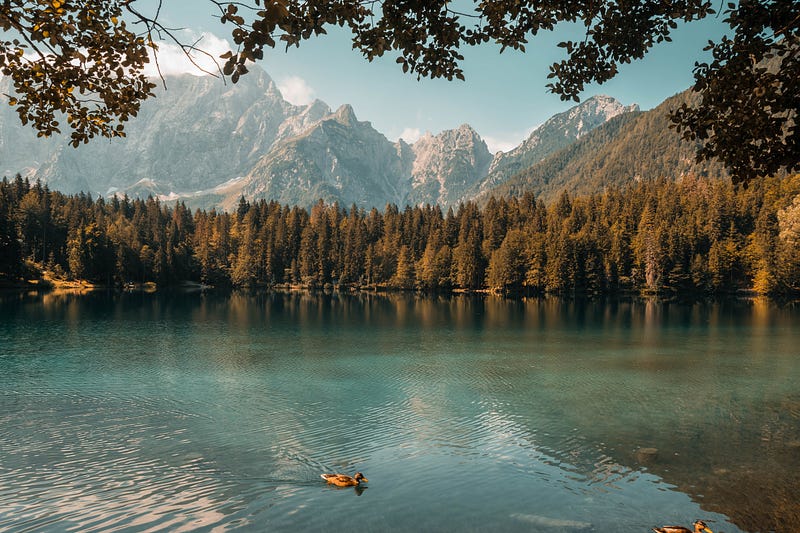
- Groundwater Sources: Aquifers and underground springs are essential for replenishing rivers. Water filters through soil layers and emerges in rivers via cracks and springs.
- Glaciers and Glacial Melt: In high-altitude and polar regions, glaciers contribute significantly to river flow when they melt, forming streams that feed into rivers.
These diverse water sources work together to maintain rivers and sustain their ecosystems.
Runoff and Drainage
The Amazon River boasts the highest water flow of any river, surpassing the combined flow of eight other rivers.
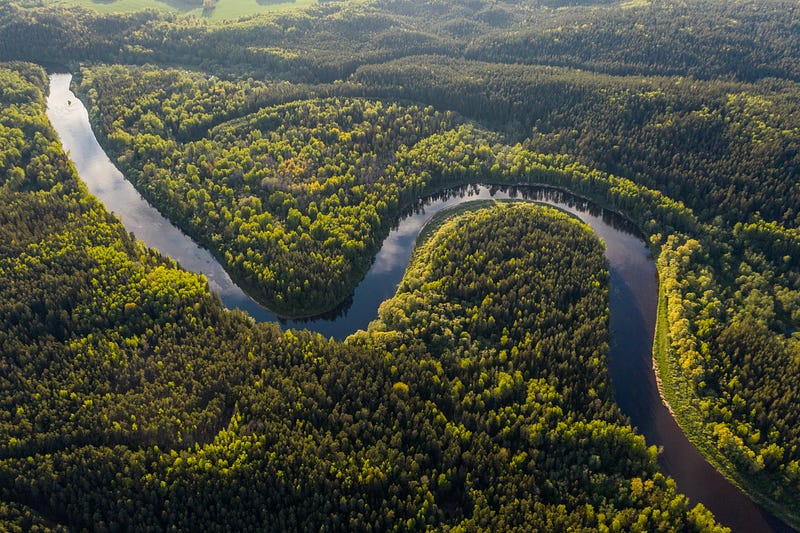
Runoff and drainage are crucial for water movement across landscapes and its accumulation in rivers.
- Runoff refers to the water that flows over the Earth's surface after precipitation. When rain falls on hard surfaces, it cannot penetrate the ground and instead flows into streams and rivers. Factors like terrain and soil type influence runoff.
- Drainage is the process where water seeps into the ground and travels through different geological layers. It is affected by soil characteristics and topography.
Both processes are interconnected, directing water into natural channels that lead to rivers, which serve as convergence points for various runoff and drainage paths.
Erosion and Sediment Transport
The Colorado River carved out the iconic Grand Canyon, resulting in a unique geological formation.
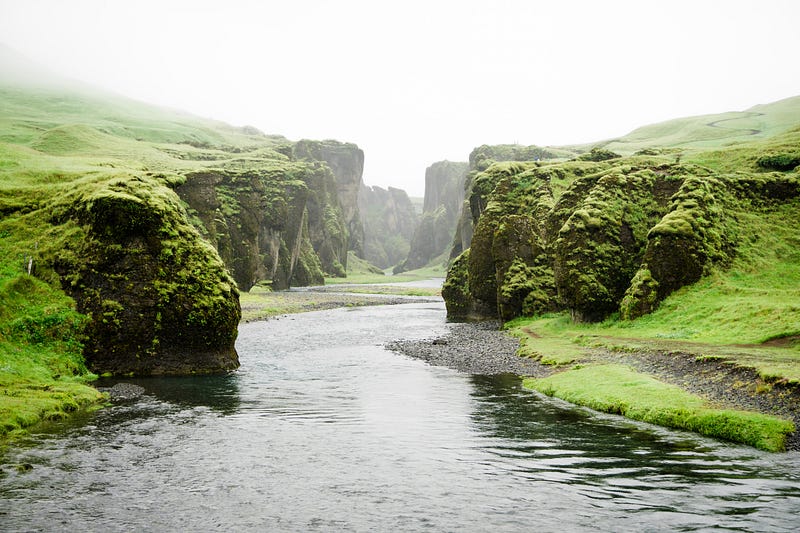
Erosion and sediment transport are key to altering landscapes and determining river characteristics.
Erosion
Erosion is the process of wearing away soil and rock due to natural forces like water, wind, and ice. In rivers, it occurs when flowing water erodes materials along banks and beds.
Sediment Transport
Sediment transport involves the movement of soil and rock particles carried by flowing water. As particles are eroded, they are swept along by the current, varying from coarse gravels to fine silts depending on water strength. Transported sediments may settle elsewhere, creating new deposits.
Both erosion and sediment transport contribute to the formation of meanders, deltas, and terraces while enhancing water quality by filtering out pollutants.
Meanders and Deltas
The Rhine is a significant European river, crucial for trade and transport.

Meanders and deltas are prominent features in river systems, essential to their development.
Meanders
Meanders are the winding curves that form as rivers encounter obstacles, causing variations in water flow speeds. Erosion occurs in faster sections, while slower areas allow sediment to settle, creating the characteristic bends.
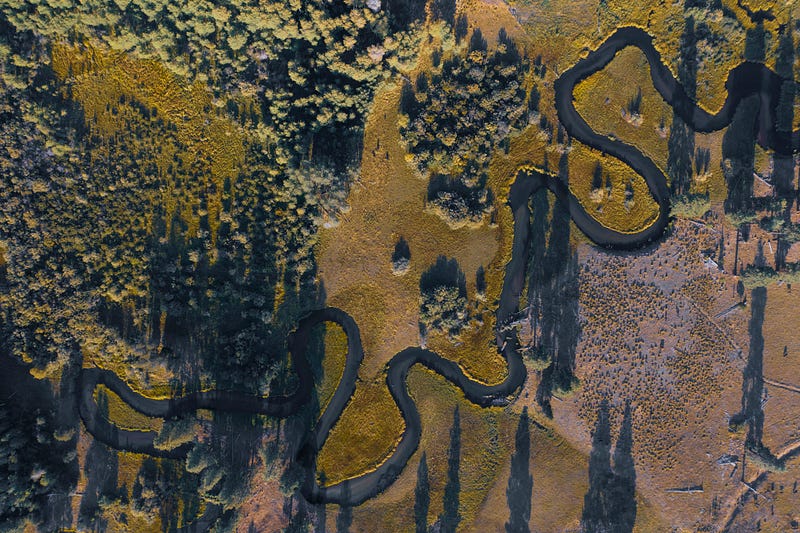
Deltas
Deltas form at a river's mouth when it empties into a larger body of water. As the river slows, sediment settles, creating a triangular or fan-shaped landform. Deltas often feature distributary channels, allowing rivers to split into several branches and form fertile areas.
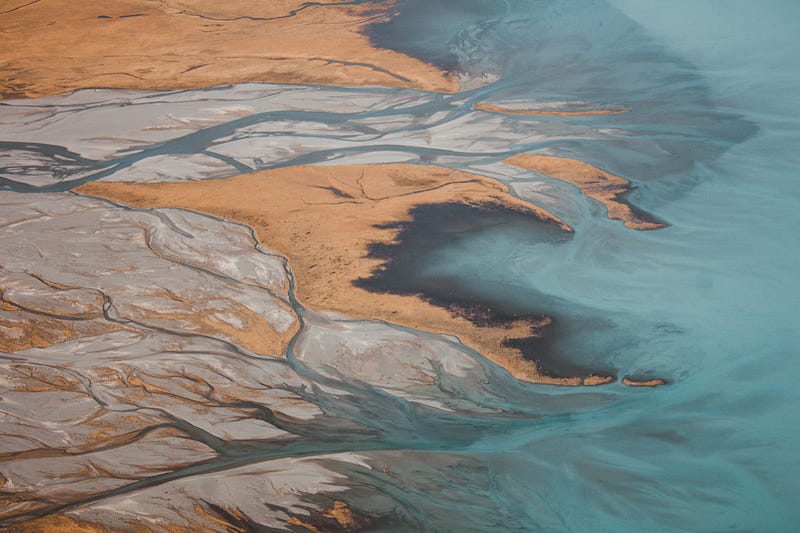
Meanders and deltas are dynamic river elements that evolve over time, influenced by flow changes and sediment dynamics.
Affluents and Watersheds
The Okavango River in Botswana is notable for flowing into the Kalahari Desert, creating an inland delta.
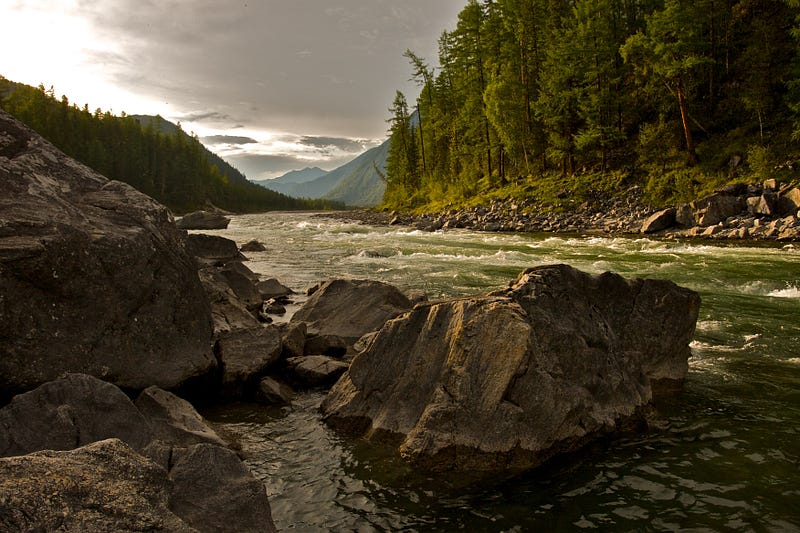
Affluents and watersheds are integral to river systems, impacting their functioning.
- Affluents are streams or rivers that merge with a main river, enhancing its flow and contributing nutrients and sediments.
- A watershed or drainage basin is an area where surface water converges into the main waterway, encompassing all tributaries. The terrain defines the watershed, affecting water dynamics and quality.
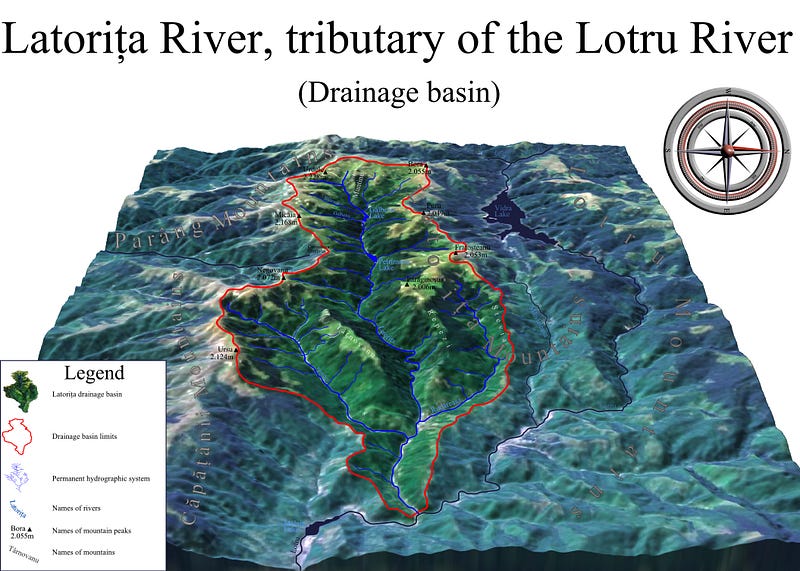
The relationship between affluents and watersheds is vital for managing water resources, preventing floods, and maintaining ecosystem health.
Seasonal Variations and Hydrological Cycle
The Mississippi-Missouri River is the fourth longest river in the world, traversing ten U.S. states.
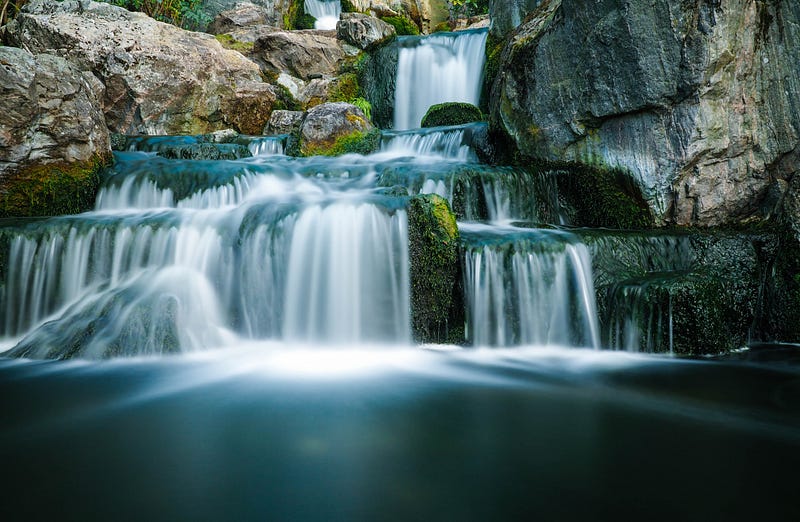
Seasonal changes and the hydrological cycle are crucial for rivers, impacting their flow and water levels.
Seasonal Variations
Rivers experience fluctuations based on climate cycles. During wet seasons, increased precipitation leads to higher flows, while dry seasons result in reduced water levels. These variations can affect ecosystems and water availability.
Hydrological Cycle
The hydrological cycle describes the continuous movement of water between oceans, the atmosphere, land, and rivers. It includes evaporation, condensation, precipitation, infiltration, and river flow, controlling water distribution on Earth.
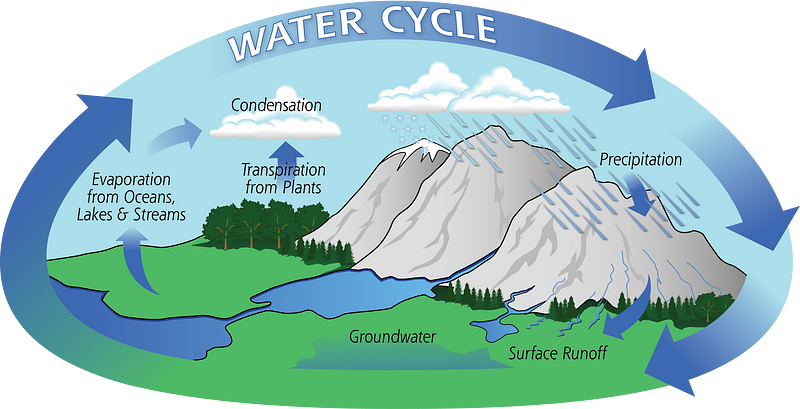
The interplay between seasonal changes and the hydrological cycle is crucial for understanding river dynamics.
Final Thoughts (For Quick Glancers)
The formation of rivers is a multifaceted process encompassing water sources, tributaries, and watersheds. Factors like runoff, erosion, sediment transport, meanders, and deltas play significant roles in shaping river courses.
Seasonal variations and the hydrological cycle are vital for river dynamics and water availability for both ecosystems and human needs. Understanding these processes is essential for effective water resource management and river ecosystem conservation.
Thank you for reading! I hope to see you in future articles.
Test your knowledge freely:
Quiz: River Formation
Five Questions to challenge you!
The links above are not affiliated.